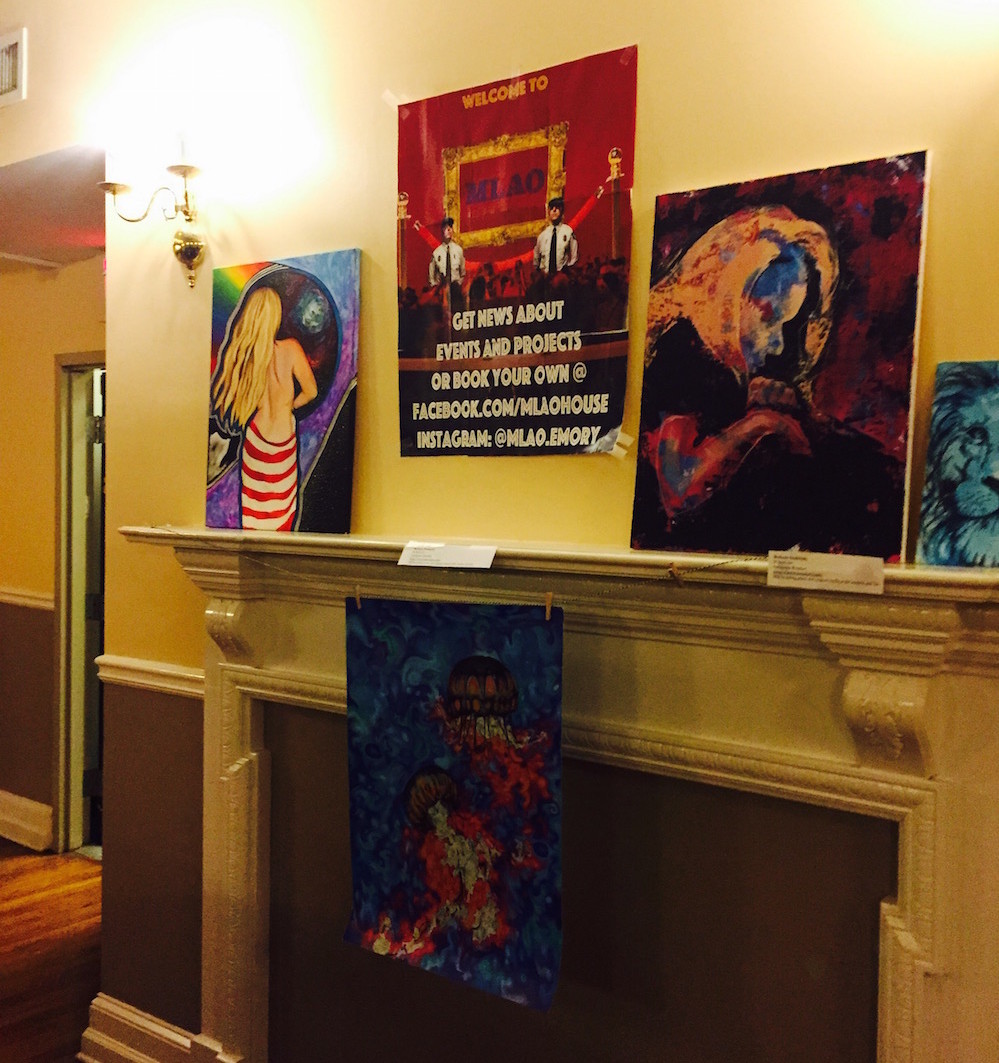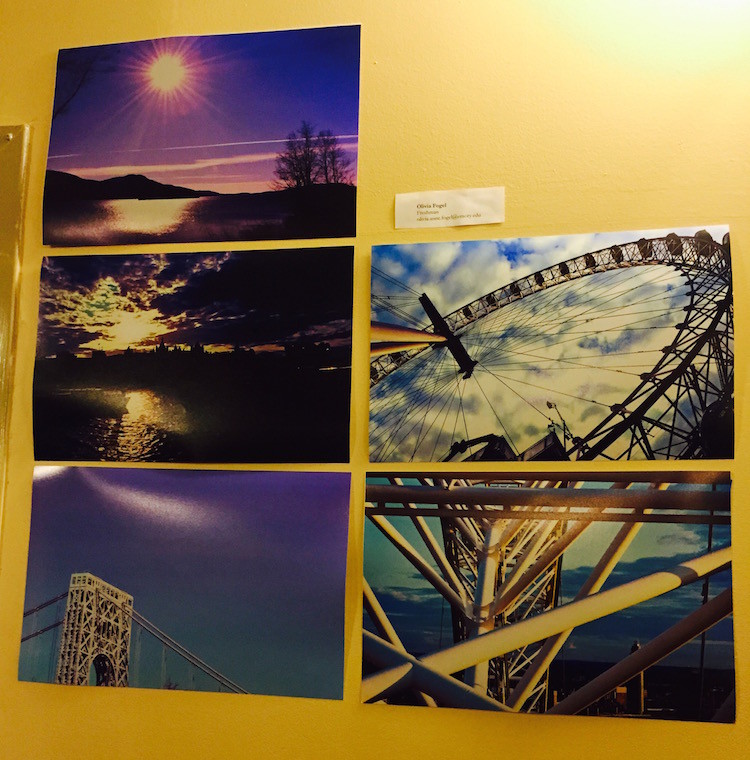From the outside, the Media, Literature and Arts Outreach (MLAO) house at Emory is indistinguishable from the fraternity houses that surround it — large and regal, only missing Greek letters.
Apart from the pool table in one of the rooms, venturing inside the house, the space feels very much like an art gallery. Visitors immediately see the plentiful display of vibrant student artwork, some of which was created by house’s own residents.
“Anyone can reserve a room at any time if they just want it for personal reasons to do some painting or anything like that,” said Juliana Bonovich, College junior, resident advisor and co-lead of the MLAO house.
Even though not every room has an art display, all non-residential rooms in the house are utilized for art-related means.
Starting the house was no easy task; Emory released the application for themed housing on Eagle Row just a week before the end of the Spring 2015 semester.
College senior Nick Bowman, one of the co-leads of the house, came up with the idea of a media house and proposed it to the Media Council at Emory, a consortium of several student-run publication groups.
Bonovich, co-president of The Pulse, an anthology of the arts, was interested in the idea of starting a themed house that would include literature and the visual arts.
Using some of her prior experience with Emory Residence Life (she was a sophomore advisor in Longstreet-Means Hall the prior year), Bonovich sent in an application for the potential theme.
As part of the application, Bonovich needed to send in a preliminary roster of people interested in living in the house, a task that required a great deal of publicizing. It was an especially challenging feat when people already had housing plans for the following school year.
Even amidst final exams, she was able to get 60 people on the roster for the 40 open spots to live in the house. Because Bonovich submitted the application for the themed housing, she was responsible for reading the applications from students who wanted to live in the house as well as for placing people in rooms.
The MLAO house, which was previously occupied by a fraternity, is not a Greek-life house and is therefore governed under the same rules as Emory residence halls. Since art encompases so many aspects of the house, MLAO brings the art community together with its multimodal space.
The house is diverse in its residents, who encompass a wide variety of disciplines. The residents include visual artists, creative writing majors and members of several media clubs. However, not everyone was strongly involved in the arts at Emory prior to living in the house.
College sophomore Matt Huang, for example, was not part of any art clubs at Emory prior to joining the MLAO house. However, he did film in high school and, upon joining MLAO, was motivated to engage in that interest by joining The Emory Spoke’s film sketch team.
In addition to MLAO serving as a catalyst for unifying the different arts organizations on campus, there are a handful of events at the house in which many of its residents and students in the Emory community showcase their work.
There were a number of MLAO events this past month. In October, MLAO hosted a visual arts exhibition called the Peacock Gallery and put on the first Student Arts Fair on McDonough Field in order to give students a chance both to showcase and sell their work. Strategically planned during Family Weekend, the students registered to sell their work were allowed to keep 100 percent of their profits.
The residents of the MLAO house hosted several events in honor of Halloween, such as caramel apple decorating and pumpkin carving. In addition, organizations such as The Pulse utilize the space for their general body meetings and student readings.
The house also hosts Open Mics every other week, which typically have a modest turnout. According to Bonovich, the first Open Mic had nearly 40 people.
“I think that, for a pilot program, we’ve been pretty successful,” she said.
Read More
Trending









